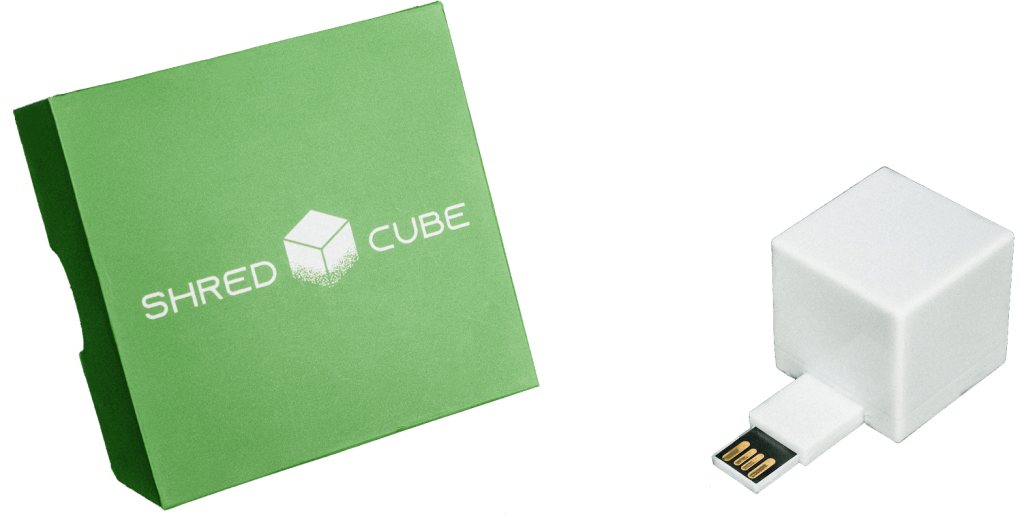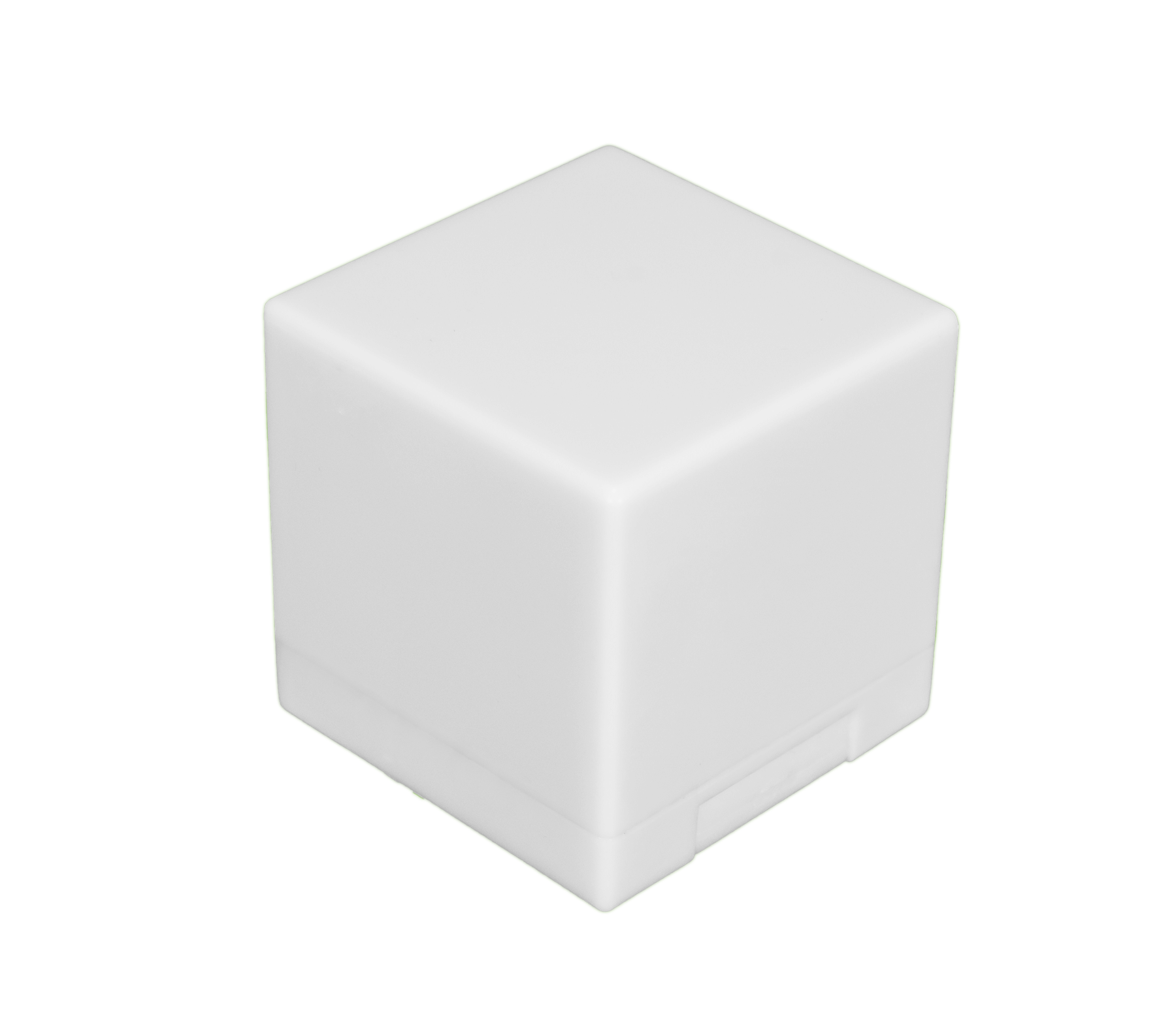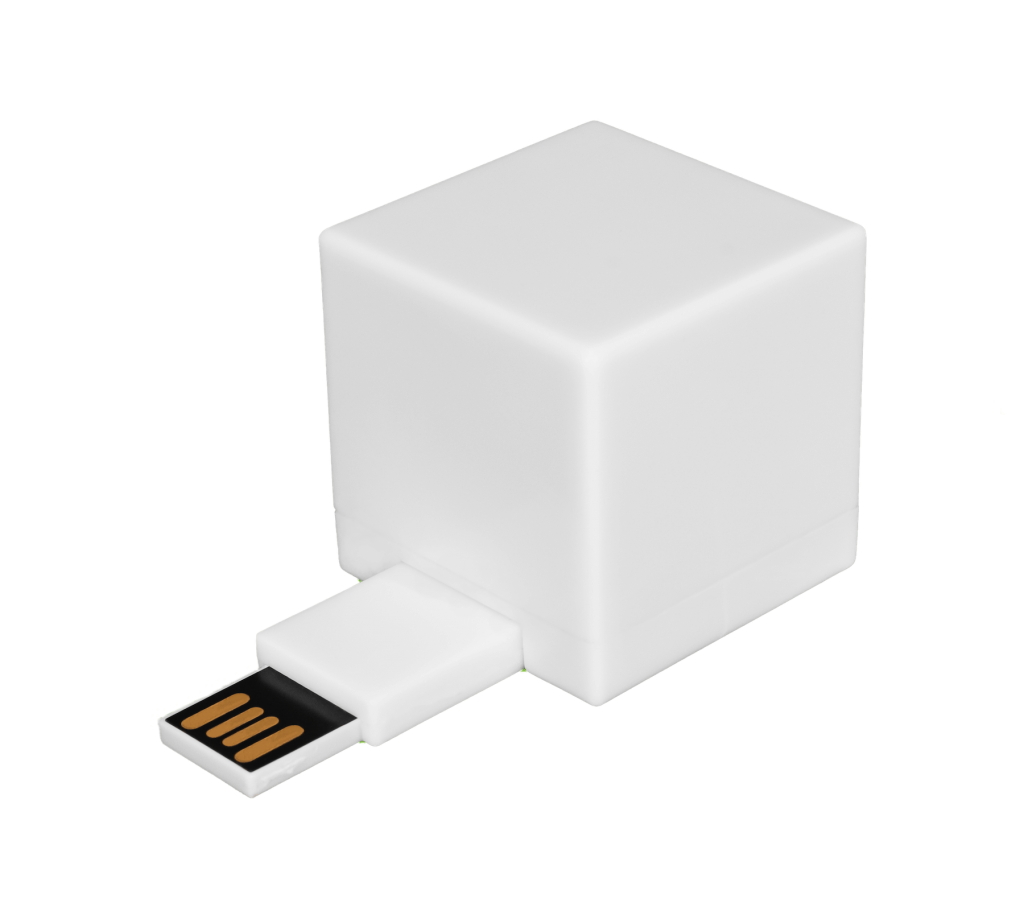If you use your computer for graphics-intensive purposes like gaming or video editing, you need to keep an eye on your GPU temperature. Otherwise, you could cause a handful of issues in the future.
Wondering “what temp should my GPU be?” we’ve put together a quick guide that outlines all of the key information that you need to consider. Let’s get started.
What Causes GPU Temperature to Increase?
Primarily, the reason why graphics processing units increase in temperature is due to the electricity that they are supplied with. The longer the device operates, the hotter it will become.
This is simply due to the fact that energy transfers can never be completely efficient. The laws of thermodynamics prevent this from occurring. That being said, some GPUs are able to handle the heat from electricity more efficiently than others.
In general, this applies mainly to newer GPUs vs older GPUs. Running a large number of intensive tasks is a notable way that GPU temp increases.
As previously mentioned, those who use their computers for gaming or video editing can easily stress the GPU if it is not powerful enough to accommodate their tasks. It’s for this reason why people prioritize purchasing computers that are able to handle heavy loads in this regard.

Secondary Factors That Affect GPU Temperature
There’s a handful of different variables at play when it comes to your graphics processing temperature. As you might expect, the ambient temperature of the location the device resides in will play a significant role.
It shouldn’t come as a surprise that using a computer in a location with sun exposure (such as a patio by a pool) will cause the GPU temperature to increase. Oftentimes, this increase can be fairly substantial. The PC form factor is also a significant contributing factor.
To elaborate, smaller PC cases will have room for fewer fans. This, of course, makes it more difficult overall for the computer to cool down. Some PC cases are also specifically designed to be as efficient as possible when it comes to cooling.
Using a small, inefficient PC and a warm location can easily cause your GPU to overheat. So, it’s in your best interest to do what we can to avoid unnecessary temperature spikes.
What Happens if My GPU Gets Too Hot?
In the event that your GPU gets too hot, a thermal protection mechanism will activate. This is a component that aims to reduce structural damage caused by heat.
As a trade-off, though, you will experience a drop in performance. As you might assume, this can easily become frustrating and inconvenient.
For instance, let’s assume that you are attempting to complete a project shortly before the deadline. Dealing with performance issues could prevent you from working optimally.
It’s also worth noting that thermal protection mechanisms are not always successful when it comes to preventing hardware damage. With enough overheating, the GPU will likely experience irreparable issues.
Additionally, extensive overheating can also degrade your computer’s thermal paste.
How Can I Lower GPU Temperature?
Fortunately, there are a large number of ways in which you can lower GPU temperature.
One of the primary concerns is adjusting your overclock settings if any have been applied. Overclocking your computer allows it to perform more efficiently in exchange for having higher temperatures. Extended periods of overclocking your processor will significantly increase the temperature of your device.
If this is proven to be an issue, switching back to the default settings should instantly resolve any problems that you are facing. Similarly, GPU fan speed is something under your control that you can use to your advantage. Although most GPU fans automatically activate with temperature changes, some need to be manually adjusted.
In the event that your thermal paste is dried up, your GPU will not be able to transfer heat as efficiently as it should. Replacing thermal paste is relatively straightforward under most circumstances. Be aware, though, that you may inadvertently avoid your factory warranty by attempting to do so on your own.
In the event that the above methods do not work, you may need to focus on the ambient temperature of your device. Interestingly, many people overlook the fact that areas with warmer climates could prove to be a hazard even if you use your computer indoors. Placing your device near a fan is a fast, simple solution.

So, What Temp Should My GPU Be?
In most cases, you won’t need to worry about falling below the threshold for minimum GPU temp. This is, of course, you don’t plan on using your computer and an extremely cold environment.
Most computers are designed to operate at a temperature of about 50°F. So, you should aim to use your computer in environments that are warmer than this.
When it comes to maximum GPU temp, though, it will depend on the specific model of GPU that you use. Some can handle temperatures over 200°F, while others max out slightly below this number.
You can check the product information for your GPU to determine the specific temperature range. specifically, though, and idle GPU should be no hotter than 115°F.
When using your GPU for heavy tasks, it will more than likely be unable to safely exceed 200°F.
Maintaining a Safe GPU Temperature Is Essential
A failure to do so could easily cause damage to your device. In some cases, this could be a notably expensive replacement. So, ensure that you consider the answer to “what temp should my GPU be” to keep your computer functioning optimally.
Want to learn more about what we have to offer? Feel free to get in touch with us today and see how we can help.









